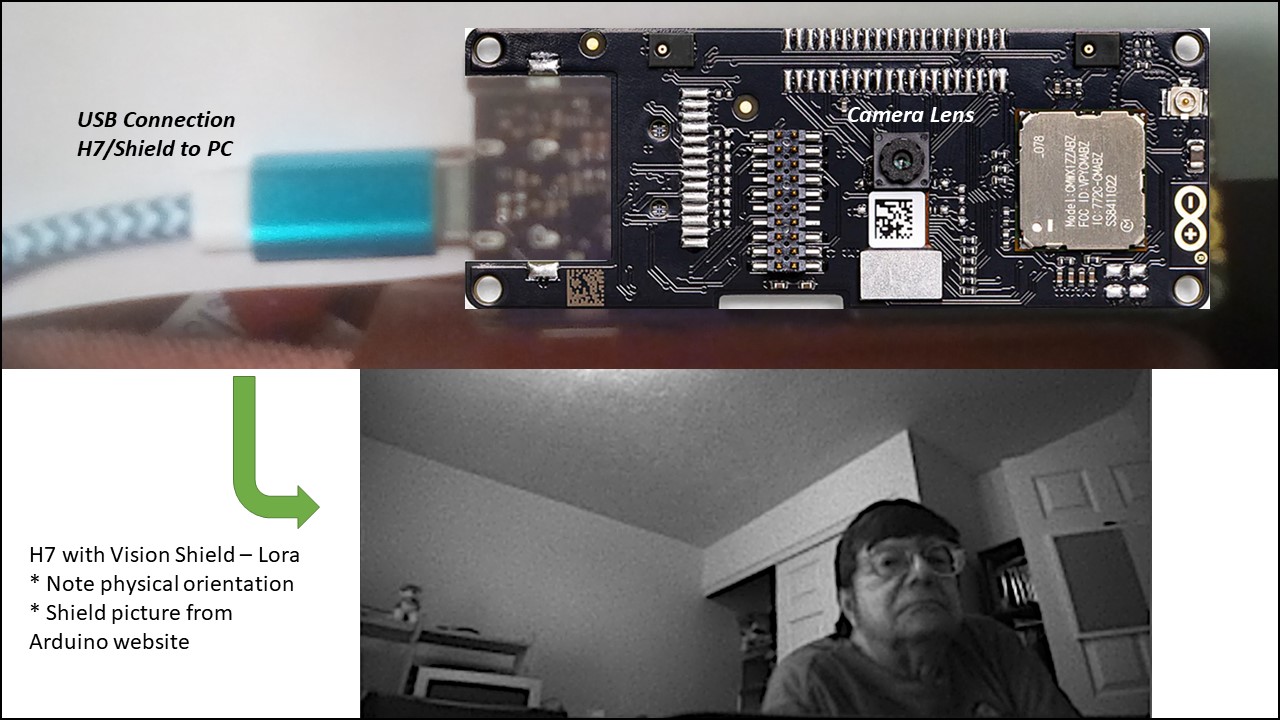
Arduino MKR CAN Shield
Need to connect a device to a CAN (Controller Area Network) for communication within an automobile and with other CAN devices? The Arduino MKR CAN shield will provide automotive CAN connectivity.
Overview
With this shield you can easily connect to a CAN (Controller Area Network) Bus. Discover new possibilities of interaction between your Arduino MKR Board and the CAN ecosystem.
The MKR CAN shield can simplify the connection of the MKR boards with industrial systems and especially with automotive applications. This shield opens a new set of possible applications like smart vehicles, autonomous cars and drones. A CAN connection also provides the possibility to connect a MKR board directly with several types of industrial grade sensors, motors and displays.
Notice: On some boards, the bottom silk is mirrored. Please refer to the top silk for guidance. If you need further assistance, contact our support team
Tech specs
| Protocol | CAN Bus |
| Interface | SPI |
| Circuit Operating Voltage | 3.3 V |
| Controller | Microchip MCP2515 (datasheet) |
| Transceiver | NXP TJA1049 (datasheet) |
| Buck converter | Texas Instruments TPS54232 (datasheet) |
| Vin (screw connector) | 7 V - 24 V |
| Vin (header) | 5 V |
| Compatibilty | MKR size |
| Switchable onboard termination resistor | |
Conformities
Resources for Safety and Products
Manufacturer Information
The production information includes the address and related details of the product manufacturer.
Arduino S.r.l.
Via Andrea Appiani, 25
Monza, MB, IT, 20900
https://www.arduino.cc/
Responsible Person in the EU
An EU-based economic operator who ensures the product's compliance with the required regulations.
Arduino S.r.l.
Via Andrea Appiani, 25
Monza, MB, IT, 20900
Phone: +39 0113157477
Email: support@arduino.cc
Documentation
OSH: Schematics
The Arduino MKR CAN Shield is open-source hardware! You can build your own board using the following files:
EAGLE FILES IN .ZIP SCHEMATICS IN .PDFLearn more
Get Inspired

Begins a process of combining Portenta H7 with Vision Shield – LoRa by acquiring, sending, and displaying a camera image via USB/Serial connection.

It’s time to catch up on all things LoRaWAN® and low-power IoT! Our team is looking forward to returning to The Things Conference this year, joining all LoRa® key players in Amsterdam on September 21st-22nd. Our experts will be showcasing new products and applications relevant to the technology that is putting the “smart” in smart cities, smart agriculture, smart logistics, and more. Indeed, with IoT’s huge growth potential in both B2B and B2C applications, LoRaWAN® is stepping up as one of the technologies of the future. Already established as the low-power connectivity choice, according to The Things Network it is reaping the benefits of innovations that increase efficiency even further – and is poised to support ESG (environmental, social and governance) goals with reduced energy consumption and secure data transmission. LoRaWAN® novice, or expert? We’ve got you covered Whether you are just realizing the potential of LoRaWAN® or have been a fan of it since day one (like us!), we’ll have something for you to discover at our booth at The Things Conference: Looking for an entry-level option? The Arduino MKR WAN 1310 offers you the renowned versatility of the practical and cost-effective MKR family and adds LoRa® connectivity to projects requiring low power.Ready to take it up a notch? The solution for advanced applications requiring sturdy computational power is to boost Arduino Pro’s Portenta H7 module (in any of its three variants) with the capability to run embedded computer vision applications, connect wirelessly via LoRa® to the Arduino Cloud (or third-party infrastructure), and activate systems upon the detection of sound events. How? With the Portenta Vision Shield LoRa®, of course!Feel the need for high performance? Pair the Portenta Max Carrier with a Portenta X8 module to add LoRa® connectivity to your project, transforming your robust SOM into a single-board computer or reference design enabling edge AI for








